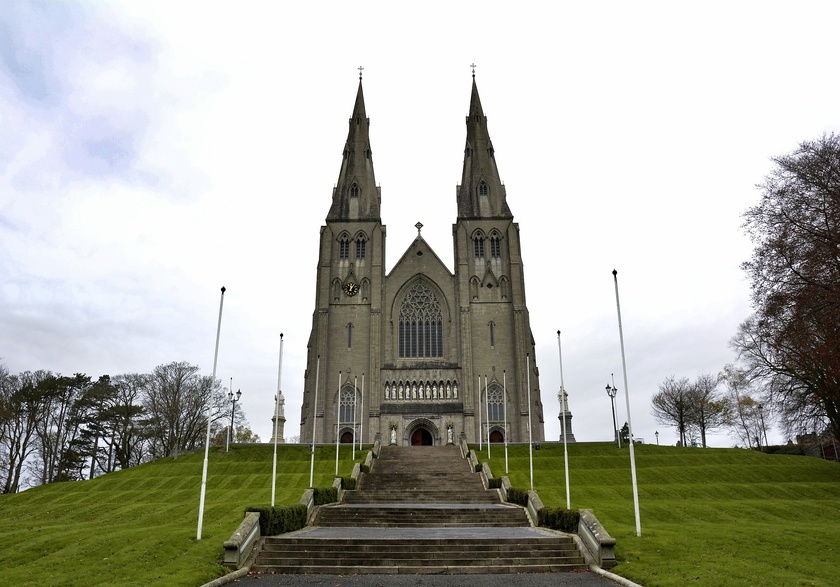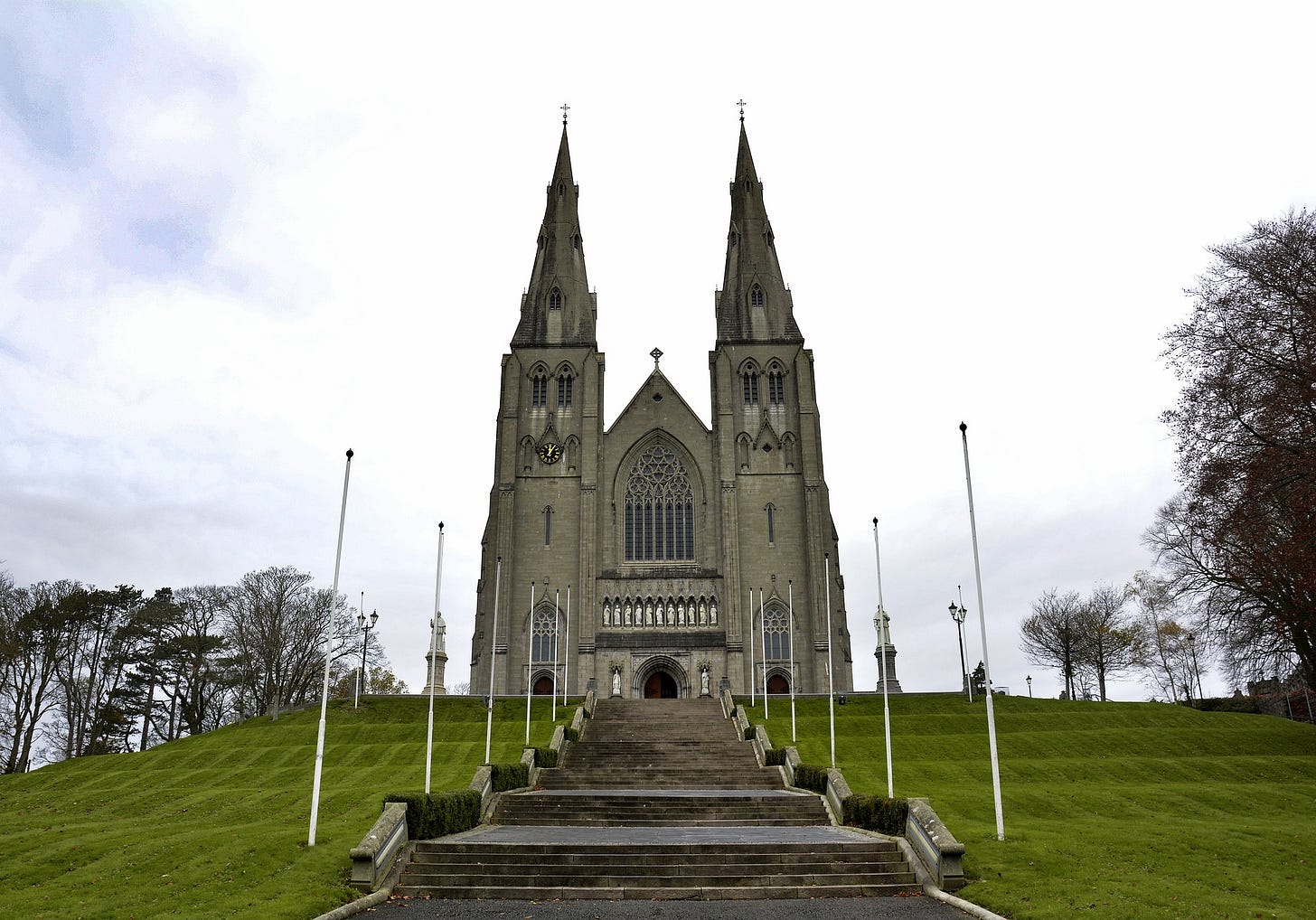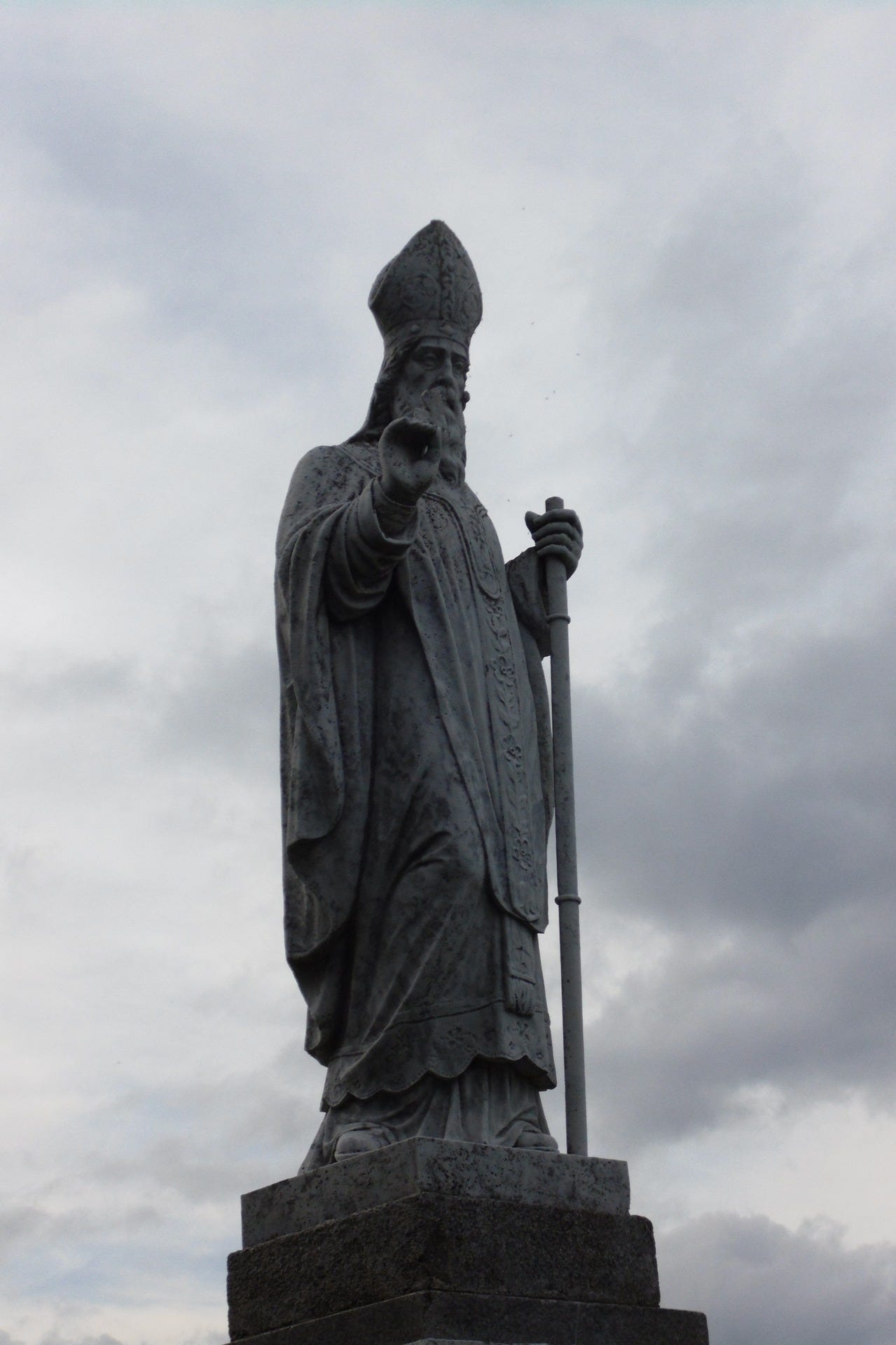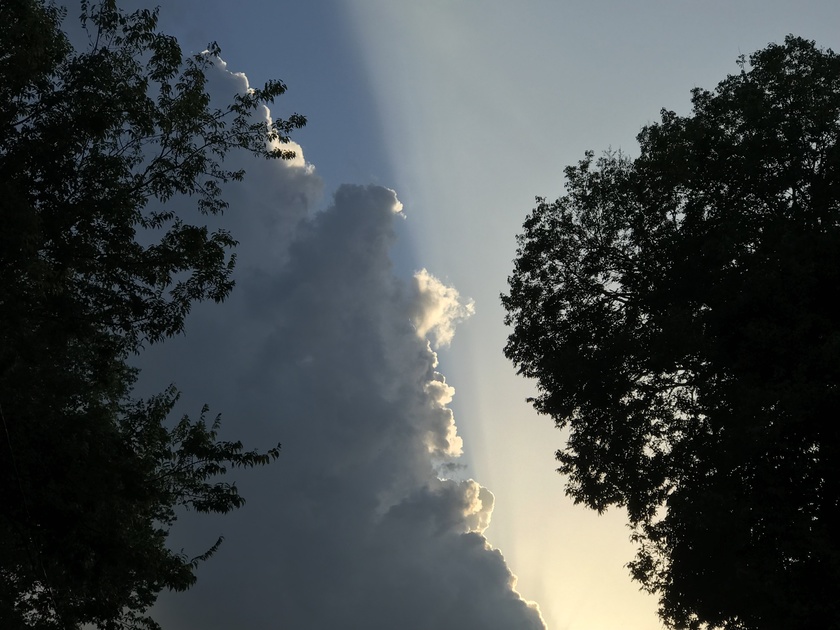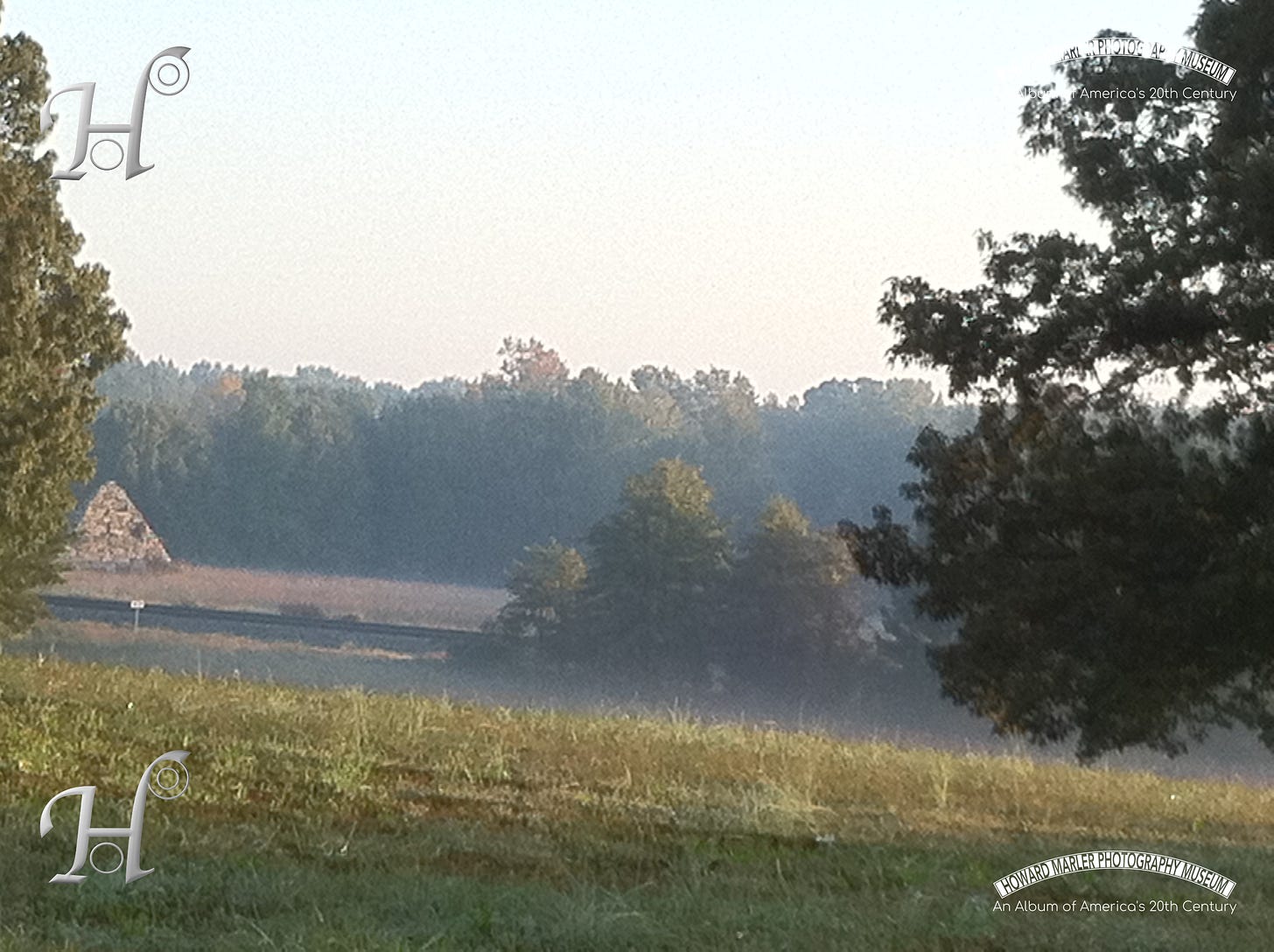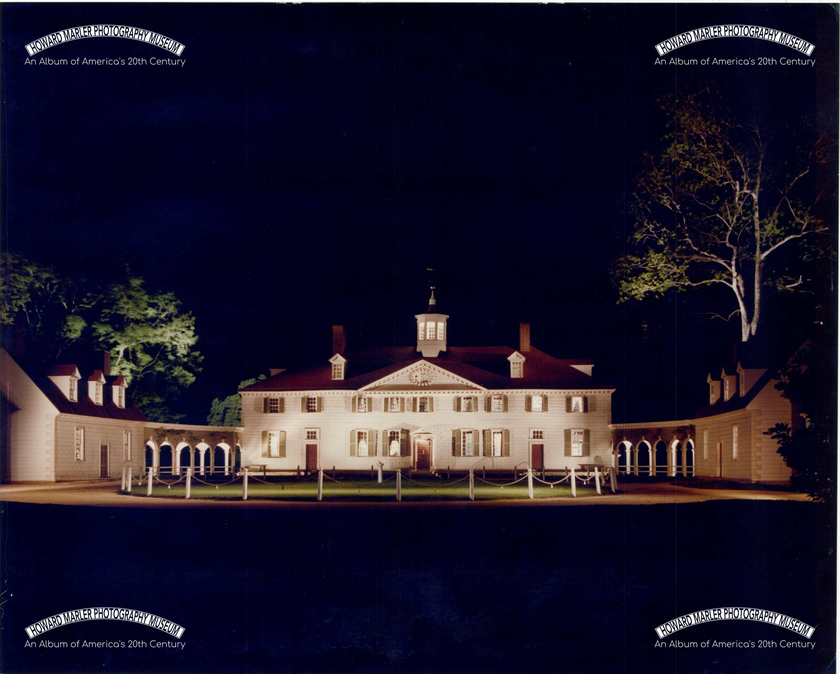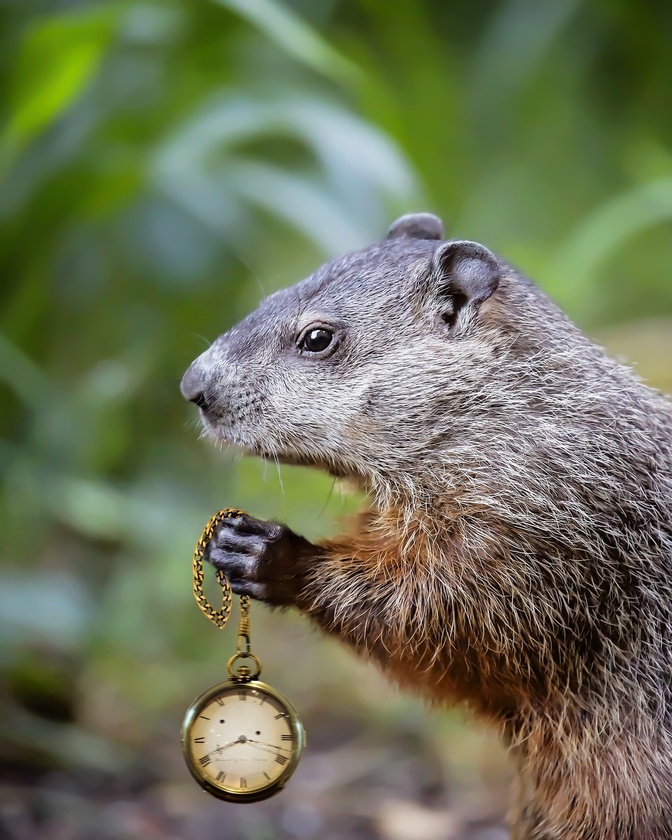
For those of our readers living through the deep freeze of Christmas Week 2022; the approach of Ground Hog Day is an omen and beacon of hope that the winter is finally over. Today we celebrate the date with crowds gathered and handlers to help interpret the Ground Hog as he determines the weather. Although the most famous of the Groundhogs in the United States is Punxsutawney Phil in Pennsylvania; he is not the only one that will be trotted out for February Two. There are at least the following (though there are likely more): Milltown Mel, and Essex Ed, in New Jersey; Chattanooga Chuck in Tennessee, French Creek Freddie in West Virginia, Jimmy the Groundhog in Wisconsin, Buckeye Chuck in Ohio. However, let us not forget the famous Staten Island Chuck who demonstrated his New York Citizenship by biting the mayor during the ceremony several years ago (a later mayor dropped the groundhog who then died and no mayor has attended the ceremony since).
This annual event has been immortalized on film at least twice once in a television special and once in a movie. The Television special is one of the series produced by Arthur Rankin and Jules Bass for children that have endured, and become holiday classics. The movie was the Bill Murray Romantic Comedy Ground Hog Day which details Murray’s obnoxious weatherman to become a better person as he relives the day over until he gets it right.
But, how did we come to adopt the notion of letting the marmot-like creature tell us what the weather will be? The event appears to have arrived in North America thanks to the European immigrations of the seventieth through the nineteenth centuries; there are examples of similar events celebrated in Germany, and the British Isles. The animals used in Europe included the Hedgehog and the Badger. Reaching the north American continent they discovered the groundhog and found it behave similarly and it was gradually adopted as the prognosticator.
The practice may go back to ancient Rome or even further, it can be tracked to the celebration of Candle Mass Day in the medieval world. Candle Mass is celebrated on February second and was a day to gather and give candles to the poor. The mass would be said and the wealthy would bring all of their partly used candles to give to the poor so that they would have light in their homes for the rest of the winter. As a part of the service the congregation would note the weather at dawn; if the sky was clear then the people should plan for at least one more winter storm and late spring; if on the other hand, the weather was stormy then this should be the last winter storm and spring would be early.
In earlier pagan times the ceremony involved observing the den of a hibernating animal and seeing how he behaved in the early part of February. If the animal woke and remained awake then spring was to be expected early; however, if he went back to sleep then spring would be late. The influence of his shadow appears to be weather-related in that the decision was attributed to whether there was enough light (clear) or not (stormy) for the creature to cast a shadow.
In the American colonies in the eighteenth and nineteenth centuries, we find farmers using the rhyme: “Candle Mass Day, half your hay.” The meaning intended here is that on February second a farmer should have used only half his feed for the livestock or they may starve before the end of winter. If the weather, however, indicates an early spring they may consider larger feed rations, if a late spring was indicated the feed could be kept at the same levels to get through the remaining days of winter.
So this year rather than listening to the handlers of the Groundhog look up see what the sky shows and then leave as much fun with it as you can.


